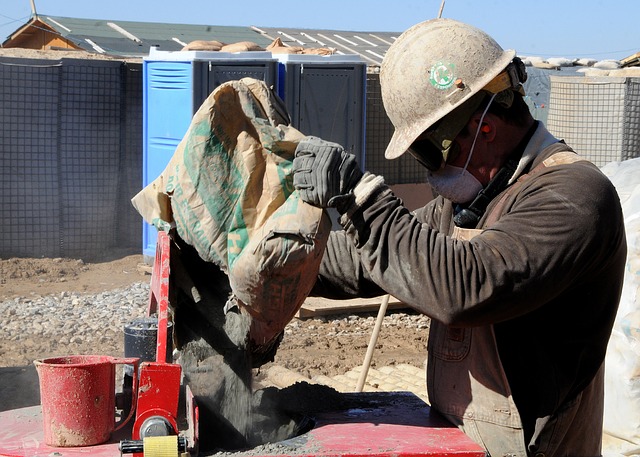Floor screed refers to a mixture of cement and other materials used as a base before installing flooring finish. The primary purpose of screed is to level the surface and enhance the appearance and performance of the finished flooring. This article will explore necessary information about floor screed, such as different methods of application. In general, there are four different types of floor screed, which are:
- Bonded
- Unbonded
- Floating
- Heated
Many floor screeding contractors today work on residential projects for heated floor screed. When installing radiant floor heating, liquid screed is better than ordinary cement because it can be applied in thin layers; hence, allowing optimal heat distribution.
Thickness requirement for floor screed
The basic composition of floor screed includes cement, clean sand, water, and additives. By changing the proportion of these primary ingredients, you can change some of the properties of the screed. For example, a higher concentration of additives will reinforce the screed and at the same time, prevent it from drying out quickly.
When applying floor screed, there are recommended thickness requirements, depending on the type of surface, as well as application frequency. Here is a list of recommended screed thickness according to the floor condition and type of application:
40 millimetres. Best used when applied over hard concrete. The concrete base needs to be cleaned, roughened, and moistened before the application to ensure maximum bonding. These preparatory steps are also essential to prevent cracking.
12 millimetres. For continuous construction over a large surface. In this type of application, the screed is applied over the concrete base no more than three hours after laying the base. A thinner screed layer results in a stronger bond.
65 millimetres. This thickness is recommended when applied over sound or heating insulation. For commercial applications, it is better to use a thicker screed layer.
50 millimetres. This thickness is best when adding a layer of plastic between the concrete base and the screed.
In any screed application, the resulting surface should be solid, even, and without cracks. An expertly applied screed layer provides the best base for whatever flooring you prefer. Proper curing is also critical to prevent cracking and minimise shrinkage.
Is DIY application recommended for residential projects?
Nowadays, many homeowners are tempted to try a DIY screed application. With the abundance of information online, it is not surprising why some would think that screed application is manageable. To some extent, a DIY application is possible. However, there are several vital considerations:
— Assess the application area. If you feel it is too big to handle on your own, hire a professional instead.
— Read and watch as many tutorials as possible. Find out the type of screed and application method that works best with the existing foundation.
— Take time to prepare the concrete base.
— Look for a screed mixture that does not dry quickly so that you can apply at your own pace.
— Do not skip any of the essential steps in preparing, applying, and curing the screed mixture.
Once you have tried to apply screed yourself, you can improve your technique and take on larger projects in the future.




